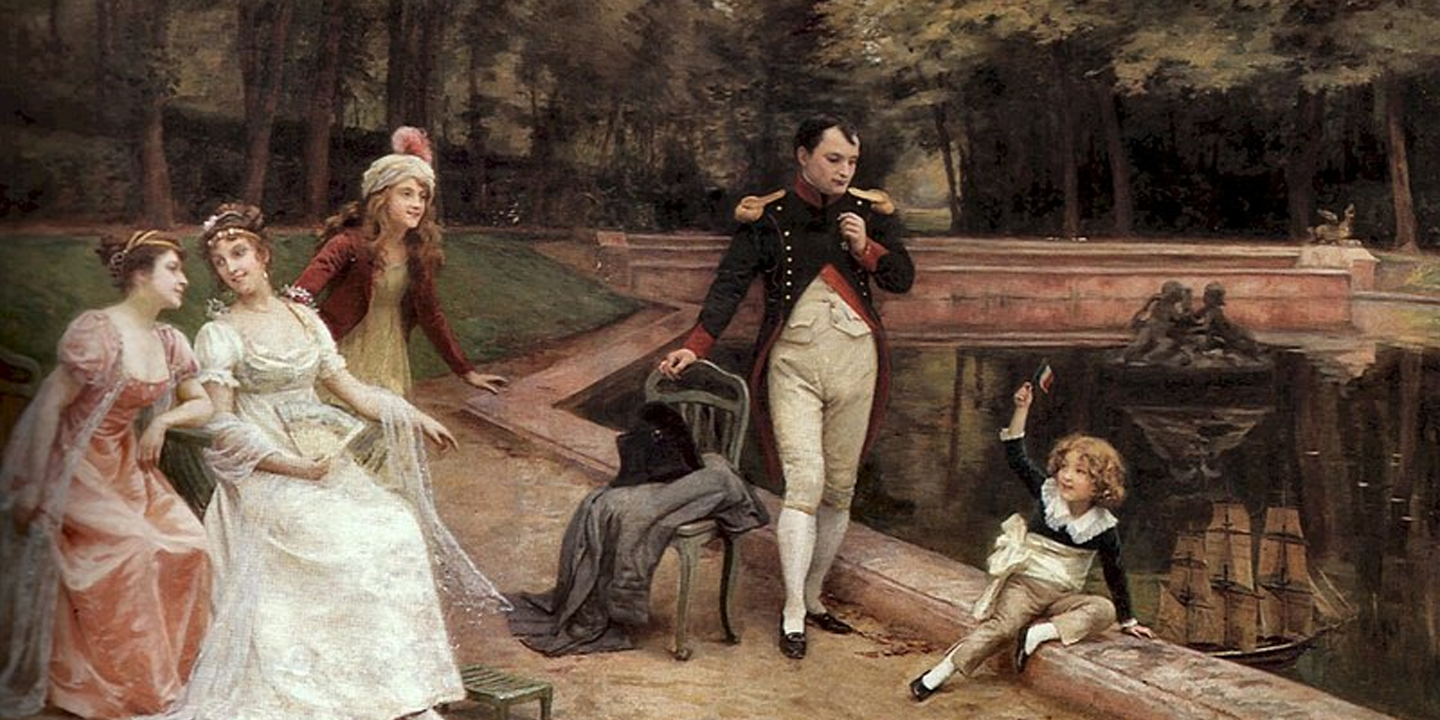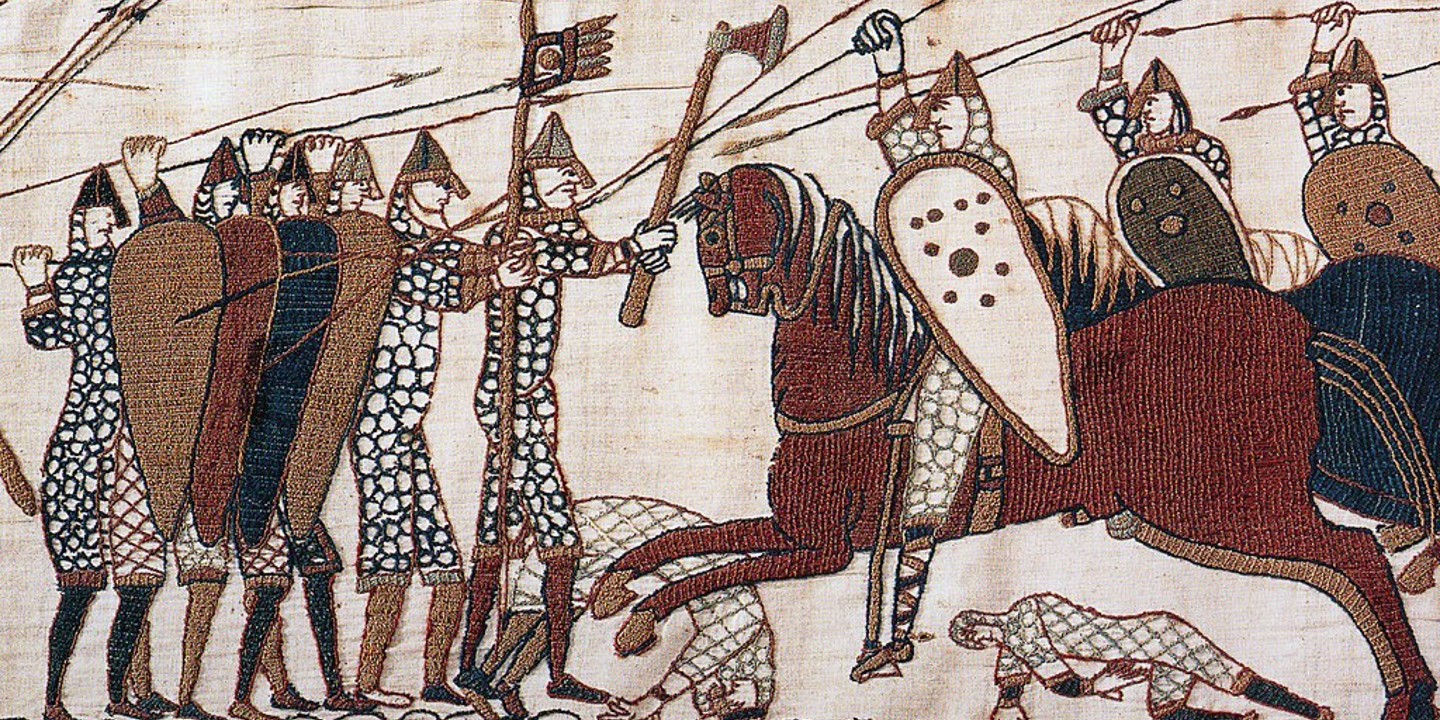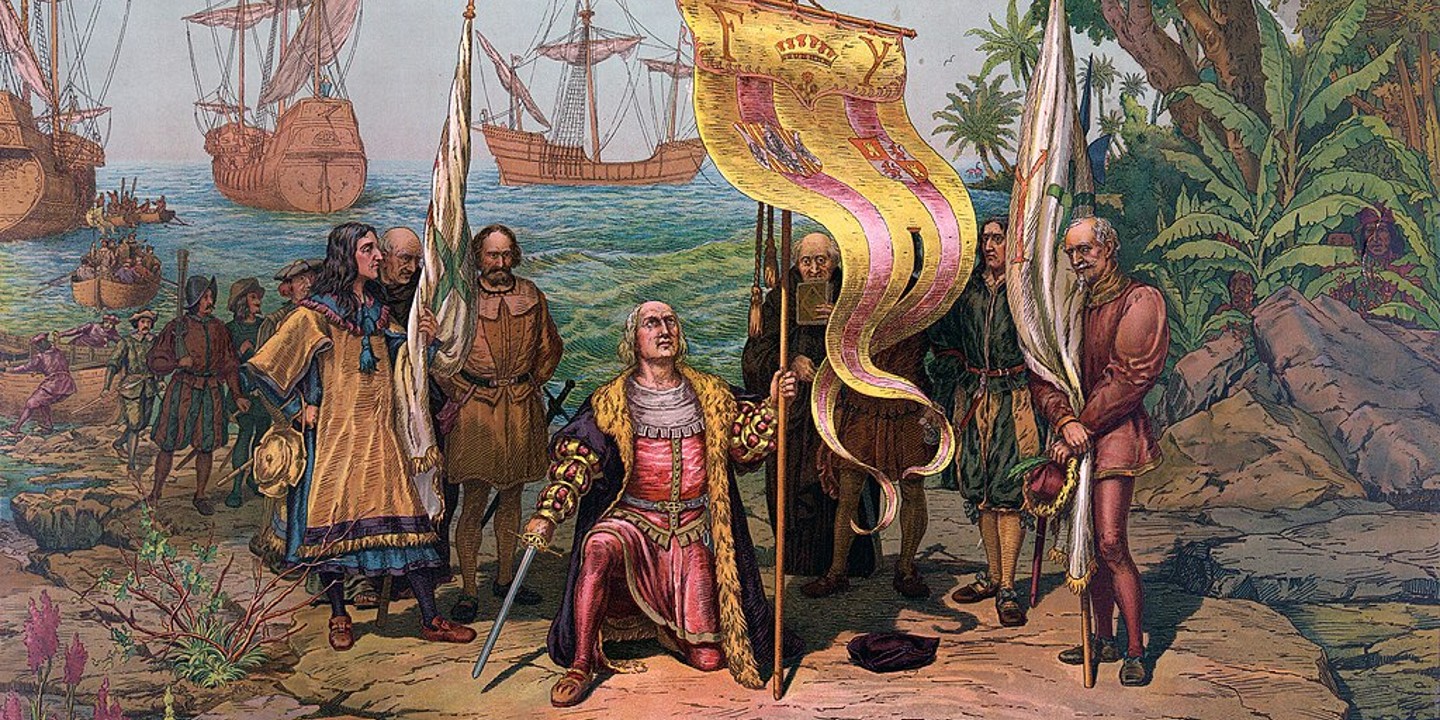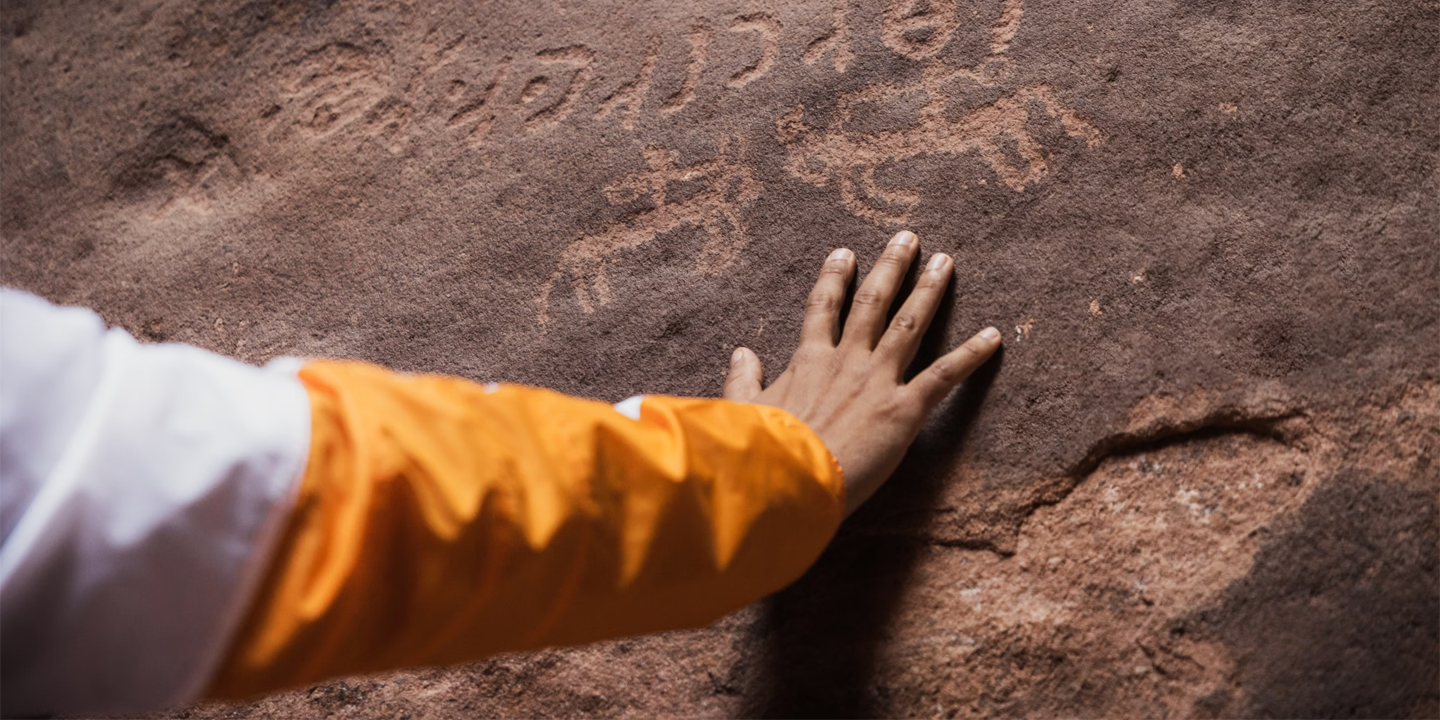Canada's Greatest Inventions
Not every invention needs a spotlight to matter. Some help people even if they don’t know the whole story. Canada has been behind many such breakthroughs. It turns out, these innovations were never about waving a flag but solving important issues. Let's talk about the top 20 Canadian inventions that have shaped a lot more than winters.
1. Insulin Discovery
Before insulin, a diabetes diagnosis meant a slow and painful death. Dr. Frederick Banting and Charles Best isolated insulin in 1921. Their discovery revolutionized diabetes treatment and earned Banting the Nobel Prize, which made insulin globally accessible within a year.
 Mr Hyde at Czech Wikipedia (Original text: moje foto) on Wikimedia
Mr Hyde at Czech Wikipedia (Original text: moje foto) on Wikimedia
2. Electric Wheelchair
Innovation is often life-changing. George Klein developed the electric wheelchair after World War II to aid injured veterans. Unlike earlier manual chairs, his design used joystick control and electric motors to restore mobility and dignity. It set the global standard for assistive technology.
 National Research Council Canada on Wikimedia
National Research Council Canada on Wikimedia
3. IMAX Projection System
Large-format cinema wasn't born in Hollywood; it began in 1970. That year, three Canadian filmmakers (Graeme Ferguson, Roman Kroitor, and Robert Kerr) debuted IMAX in Osaka. The innovation lay in its horizontal film format and custom projector to deliver unmatched resolution and immersion.
4. Snowmobile Design
What began as a farm project in Quebec soon carved trails worldwide. Joseph-Armand Bombardier's 1937 snowmobile was the first reliable winter vehicle for remote terrain. Originally used by doctors and priests, it evolved into both a recreational and essential tool for Arctic and rural communities.
 Melensdad at English Wikipedia on Wikimedia
Melensdad at English Wikipedia on Wikimedia
5. Robertson Screwdriver
Why is this screwdriver found in nearly every Canadian toolbox? Its square-shaped socket (invented by P.L. Robertson in 1908) prevents slippage and strips. Ford even used it in Model T production lines for its efficiency. Though underused in the U.S., it's been a global manufacturing staple since the 1920s.
 No machine-readable author provided. Matt Deres assumed (based on copyright claims). on Wikimedia
No machine-readable author provided. Matt Deres assumed (based on copyright claims). on Wikimedia
6. Standard Time Zones
Coordinating cross-country train schedules in the 1800s was chaotic. Sir Sandford Fleming proposed a system of standardized time zones in 1879. Though initially controversial, his model was adopted at the 1884 International Meridian Conference. It became the world's baseline for synchronized timekeeping.
 United Kingdom Hydrographic Office on Wikimedia
United Kingdom Hydrographic Office on Wikimedia
7. Walkie-Talkie Creation
Portable radio communication traces back to World War II, when Donald Hings of Alberta developed the "packset" for military use. His lightweight, two-way radio allowed troops to coordinate in real time. While Motorola popularized the term "walkie-talkie," it was Hings' Canadian prototype that laid the groundwork for field communication.
 Wtshymanski at English Wikipedia on Wikimedia
Wtshymanski at English Wikipedia on Wikimedia
8. Pacemaker Breakthrough
By the 1950s, heart rhythm disorders often proved fatal. John Hopps changed that with his invention of the first external cardiac pacemaker. His device used electrical pulses to regulate heartbeat and led directly to modern implantable pacemakers, first successfully used in 1958 and now relied on by millions globally.
 Today's tiny pacemakers have roots in a Canadian invention by The Globe and Mail
Today's tiny pacemakers have roots in a Canadian invention by The Globe and Mail
9. Canadarm Space Technology
Engineering collaboration reached new heights with the Canadarm. Developed in the late 1970s by Spar Aerospace, it was first launched aboard the Space Shuttle Columbia in 1981. The robotic arm deployed satellites, serviced Hubble, and built the ISS. Its precision remains a gold standard in robotics and aerospace technology.
10. Light Bulb Improvement
While Edison is credited for the light bulb, a Canadian named Henry Woodward patented a superior version in 1874. His design used carbon rods and a nitrogen-filled glass globe. Though he eventually sold the rights to Edison, Woodward's groundwork influenced the filament innovations that followed.
11. Zipper Invention
Everyday utility often masks a complex origin. Gideon Sundback drastically improved the early "clasp locker" concept in 1913. His version was durable and practical. The U.S. military first adopted it for flight suits in World War I, beginning in 1917, and fashion quickly followed.
12. Green Garbage Bag
It started as a hospital problem. In the 1950s, Winnipeg, Harry Wasylyk, and Larry Hansen created polyethylene garbage bags for sanitary medical waste disposal. Their green-tinted design soon replaced open metal bins in homes and cities. It became a cornerstone of modern sanitation and is now used across the globe.
13. Electron Microscope Upgrade
Though first conceptualized in Germany, James Hillier gave the electron microscope its practical application. In 1938, he co-designed a model capable of magnifying over 7,000 times. The invention revolutionized cell biology and materials science, unlocking views into atomic-scale structures.
14. Robotic Surgical Arm
Surgical precision found a new partner in robotics. Once again, thanks to Canadian technology. The AESOP robotic arm paved the way for robo-assisted laparoscopic surgery. This laid the groundwork for advanced systems like da Vinci to enable minimally invasive procedures that drastically reduce recovery time.
 Nimur at English Wikipedia on Wikimedia
Nimur at English Wikipedia on Wikimedia
15. Plexiglass Development
During World War II, alternatives to glass became critical. William Chalmers helped perfect the commercial-grade acrylic, now known as Plexiglass. It was used in aircraft canopies and submarine periscopes. Shatter-resistant and clear, it now finds use in everything from hockey rinks to medical shields.
16. Egg Carton Solution
In 1911, a British Columbian newspaper editor named Joseph Coyle created a simple fix to a fragile shipping issue. After watching arguments over broken eggs, he invented the paper-based egg carton. Its design protected eggs during transport and is still the basis for cartons used worldwide today.
17. Five-Pin Bowling
Not all inventions solve global crises. Some just make free time more fun. Invented in Toronto by Thomas F. Ryan in 1909, five-pin bowling offered a faster, less physically demanding version of ten-pin. It became a Canadian pastime: unique in style, social appeal, and enduring popularity among all ages.
 Benjamin J. DeLong on Wikimedia
Benjamin J. DeLong on Wikimedia
18. Instant Replay System
Live sports changed forever when Canadian broadcaster George Retzlaff used a kinescope to replay a hockey goal. It wasn't smooth, but it was revolutionary. This 1955 trial at CBC laid the groundwork for today's instant replay systems, essential in televised sports and officiating across major leagues.
 Peter Lindell, Canada Science and Technology Museum on Wikimedia
Peter Lindell, Canada Science and Technology Museum on Wikimedia
19. Trivial Pursuit Game
It began over beers in Montreal. Journalists Chris Haney and Scott Abbott created Trivial Pursuit in 1979 after realizing they were missing game pieces. Its mix of pop culture and knowledge questions made it a worldwide hit in the 1980s, setting off a trivia game craze that never left.
20. Sonar Technology
The depth of Canada's contributions reaches under the sea. During WWII, Canadian researchers at the National Research Council advanced sonar technologies for submarine detection. Their work refined echo-ranging techniques that became vital to Allied naval defense, which paved the way for sonar use in marine navigation and underwater exploration.
KEEP ON READING

The 20 Most Recognized Historical Figures Of All Time
The Biggest Names In History. Although the Earth has been…
By Cathy Liu Oct 4, 2024
10 of the Shortest Wars in History & 10 of…
Wars: Longest and Shortest. Throughout history, wars have varied dramatically…
By Emilie Richardson-Dupuis Oct 7, 2024
10 Fascinating Facts About Ancient Greece You Can Appreciate &…
Once Upon A Time Lived Some Ancient Weirdos.... Greece is…
By Megan Wickens Oct 7, 2024
20 Lesser-Known Facts About Christopher Columbus You Don't Learn In…
In 1492, He Sailed The Ocean Blue. Christopher Columbus is…
By Emilie Richardson-Dupuis Oct 9, 2024
20 Historical Landmarks That Have The Craziest Conspiracy Theories
Unsolved Mysteries Of Ancient Places . When there's not enough evidence…
By Megan Wickens Oct 9, 2024
The 20 Craziest Inventions & Discoveries Made During Ancient Times
Crazy Ancient Inventions . While we're busy making big advancements in…
By Cathy Liu Oct 9, 2024











